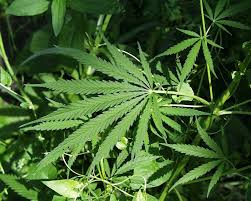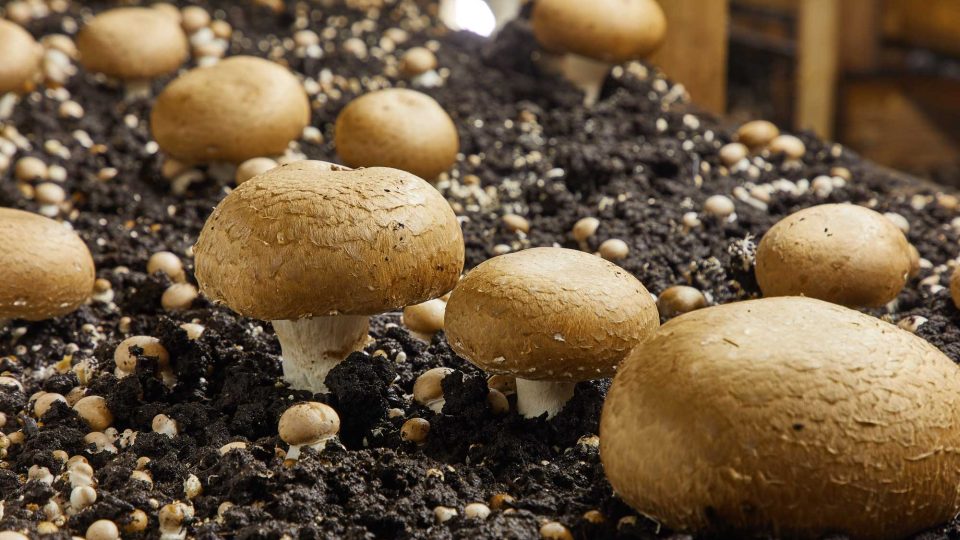Cannabis plants, like humans, have distinct male and female sexes, and each plays a vital role in the plant’s lifecycle. Understanding the differences between male and female cannabis plants is essential for both home growers and commercial cultivators. In this guide, we provide a detailed comparison of male vs female cannabis, covering everything from physical characteristics to cultivation techniques, ensuring you make the most informed decisions.
Botanical Basics of Cannabis Gender
Organic Cannabis is a dioecious plant, meaning individual plants are either male or female. Occasionally, a plant may be hermaphroditic, possessing both male and female reproductive organs. This characteristic is crucial because only female plants produce the cannabinoid-rich buds prized by consumers.
-
Male plants: Produce pollen sacs to fertilize females.
-
Female plants: Grow resinous flowers rich in THC, CBD, and terpenes.
Physical Differences Between Male and Female Cannabis Plants
Identifying plant sex early is critical for crop quality and yield control. Here’s what to look for:
Male Cannabis Plants
-
Pollen sacs: Appear as small, round balls at the nodes.
-
Taller growth: Males grow faster and taller to disperse pollen widely.
-
Sparse foliage: Leaves are fewer, allowing wind to carry pollen efficiently.
-
Stalk strength: Thicker stems to support height and exposure to elements.
Female Cannabis Plants
-
Pistils: White hair-like structures emerging from calyxes.
-
Denser foliage: Designed to maximize bud production.
-
Bud formation: Trichome-rich flowers packed with cannabinoids.
-
Compact size: Shorter and bushier, ideal for producing dense flowers.
Why Identifying Plant Sex Matters in Cannabis Cultivation
In cannabis cultivation, sex identification directly impacts the quality, potency, and yield of the harvest.
-
For growers seeking high-THC or CBD buds: Female plants are essential.
-
For Cannabis seed production: Both males and females are necessary for pollination.
-
For preventing accidental pollination: Removing males from the grow area ensures females produce larger, more potent buds without seed formation.
The Role of Male Cannabis Plants
Although male plants are often removed from bud-production setups, they have essential uses:
-
Genetics and Breeding – Males pass on genetic traits such as pest resistance, growth speed, and terpene profiles.
-
Hemp Fiber Production – Males produce softer fibers ideal for textiles.
-
Nutritional Value – Male leaves and seeds can be used for hemp-based foods and oils.
The Role of Female Cannabis Plants
Female plants are the primary source of commercial cannabis products because they produce flowers rich in cannabinoids. Their benefits include:
-
THC and CBD production for medicinal and recreational use.
-
Terpene-rich profiles that influence aroma and flavor.
-
Concentrate production from resinous trichomes.
Hermaphrodite Cannabis Plants: A Special Case
Hermaphrodites contain both pollen sacs and pistils, which can occur due to genetic factors or environmental stress such as irregular light cycles or physical damage. While they can self-pollinate, hermaphroditism is generally undesirable in cultivation meant for high-quality bud production.
Identifying Cannabis Gender Early
The earlier you determine plant sex, the better you can manage your crop.
Pre-flowering signs:
-
Males typically show pollen sacs within the first 3–4 weeks of growth.
-
Females reveal white pistils slightly later, around weeks 4–6.
Techniques to identify sex early:
-
Cloning method: Clone the plant, force it into flowering, and check its sex.
-
Genetic testing: Laboratory analysis can confirm plant sex in early vegetative stages.
Cannabinoid Content in Male vs Female Cannabis
Cannabinoid production varies dramatically between the sexes.
-
Female flowers: Highest concentration of THC, CBD, CBG, and other cannabinoids.
-
Male leaves and stems: Contain lower cannabinoid levels but still offer some medicinal potential.
-
Resin production: Almost entirely concentrated in female buds and sugar leaves.
Cultivation Strategies Based on Cannabis Gender
For Bud Production
-
Use feminized seeds to ensure all plants are female.
-
Monitor and remove any males early to prevent pollination.
For Seed Production
-
Maintain both male and female plants in controlled environments.
-
Select males with desired traits to improve future generations.
For Hemp Farming
-
Depending on the purpose, both sexes may be valuable—males for fiber, females for seeds and oil.
Impact of Cannabis Gender on Yield
-
Pollinated females: Spend energy producing seeds rather than resin, reducing THC/CBD content.
-
Unpollinated females (sinsemilla): Focus on resin production, resulting in more potent and abundant buds.
The Science Behind Cannabis Reproduction
Cannabis reproduces sexually through wind pollination. Male pollen grains travel to female pistils, fertilizing ovules and initiating seed development. In cultivation, this process is usually controlled to either prevent pollination for higher potency or encourage it for seed production.
Best Practices for Managing Male and Female Cannabis Plants
-
Regular Inspections – Check plants daily during the pre-flowering stage.
-
Controlled Separation – Keep males and females in different grow rooms or greenhouses.
-
Selective Breeding – Use only the healthiest males for pollination.
-
Stress Management – Avoid light leaks, temperature fluctuations, and physical damage to reduce hermaphroditism risk.
Conclusion:
A deep understanding of male vs female cannabis plants is essential for achieving your desired results, whether that’s high-potency buds, premium hemp fiber, or robust seed genetics. By recognizing physical differences early, applying precise cultivation strategies, and controlling pollination, growers can optimize both yield and quality.


